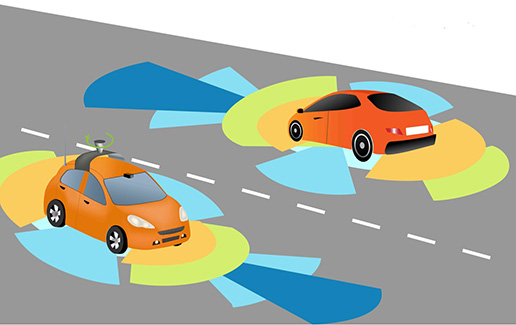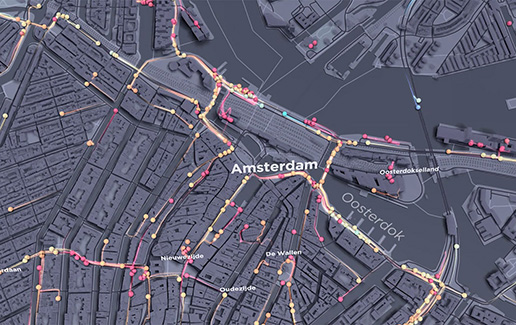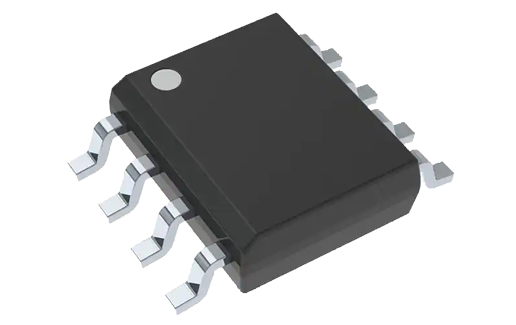Daily Work & Productivity Solutions

Efficient storage makes work and study more efficient.Bestoss has developed corresponding storage solutions for different storage needs in daily work.
In the fast-paced modern office and learning scenarios, the efficiency, stability and portability of data storage directly affect productivity
Multitasking lag: Traditional hard drives are not fast enough, resulting in delays in file transfer and software loading, slowing down workflow.
Data security risks: Sudden power outages or device collisions can easily cause file loss, and important documents and project data lack reliable protection.
Mobile office needs: Students and professionals often need to collaborate across devices, large files are inconvenient to carry, and compatibility becomes a problem.

We customize high-performance and highly compatible storage products for office and productivity scenarios to help users:
✅ Accelerate workflow - extremely fast reading and writing to reduce waiting, easily handle large documents and multi-tasking.
✅ Worry-free data storage - shockproof and drop-resistant design + stable particles to ensure long-term reliability.
✅ Seamless cross-platform collaboration - light and portable + wide compatibility, expand laptop/desktop storage space at any time.

S201/S202/S203 High-speed SSD, one step faster boot/load Programmer code compilation, designer PS large file processing
S218 Large capacity + low power consumption, long-term stable operation Student courseware storage, financial data backup
BD103 DDR series Low-latency multi-tasking Business notebook upgrade, multiple browsers/office software

1. Focus on application scenarios: from particle selection to firmware optimization, in-depth adjustment for office scenarios.
2. Maintain quality verification: through continuous read and write tests and extreme environment simulation, ensure long-term stable use.
3. Driven by real customer needs: For example, the silent design of S218 is suitable for library scenarios, and the compatibility of BD103 DDR covers mainstream business notebook models.

Administrative Clerk: Fast document retrieval S201 512GB File search speed increased by 7 times
Data Analyst: Large table processing BD103 16GB package Calculation of millions of rows of data is 55% faster
Architectural Designer :Drawing version management S218 2TB + cloud synchronization Automatic backup delay <15 seconds